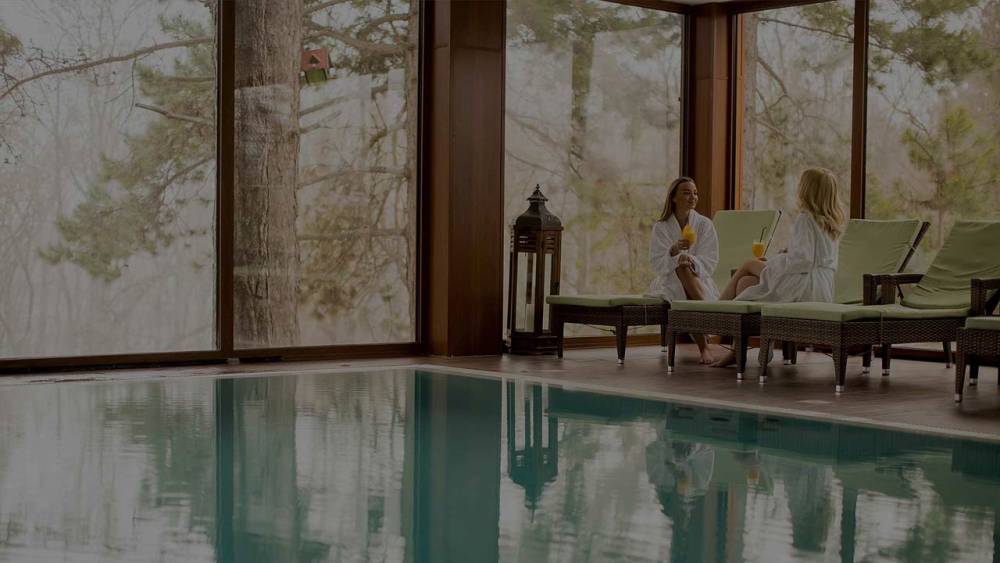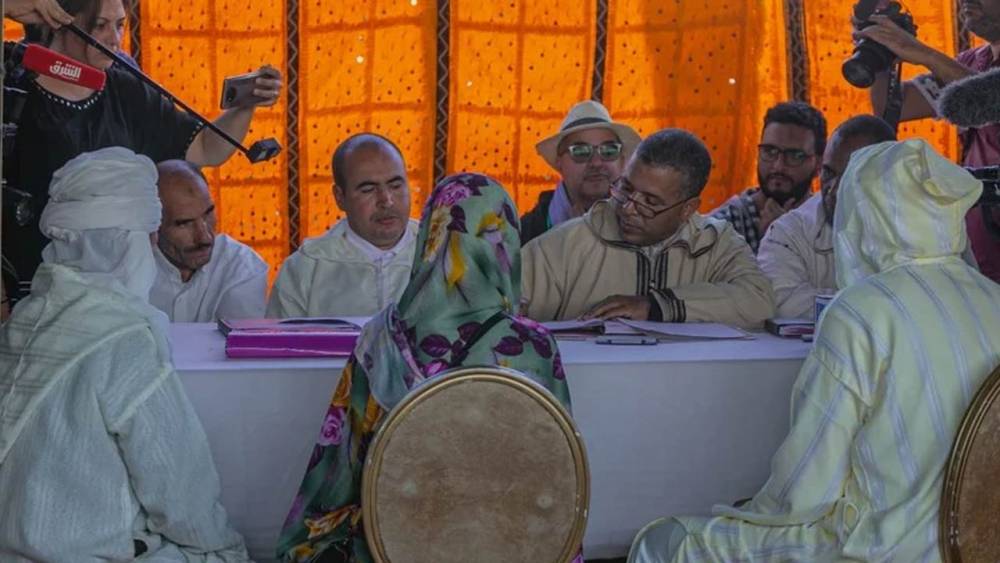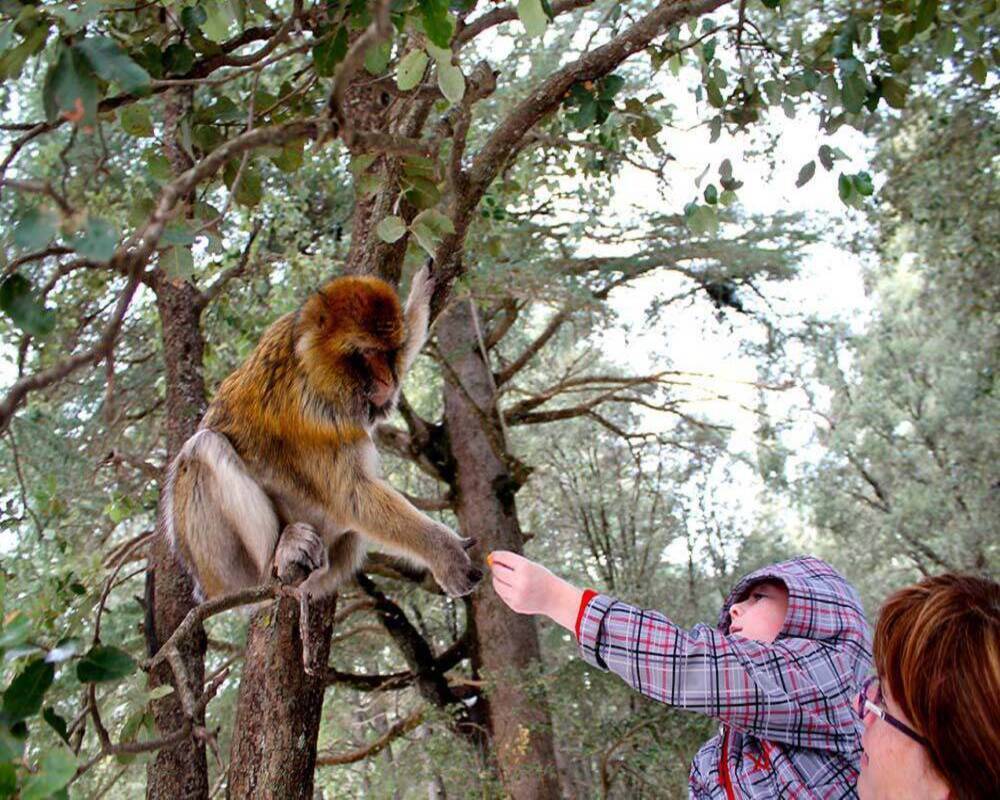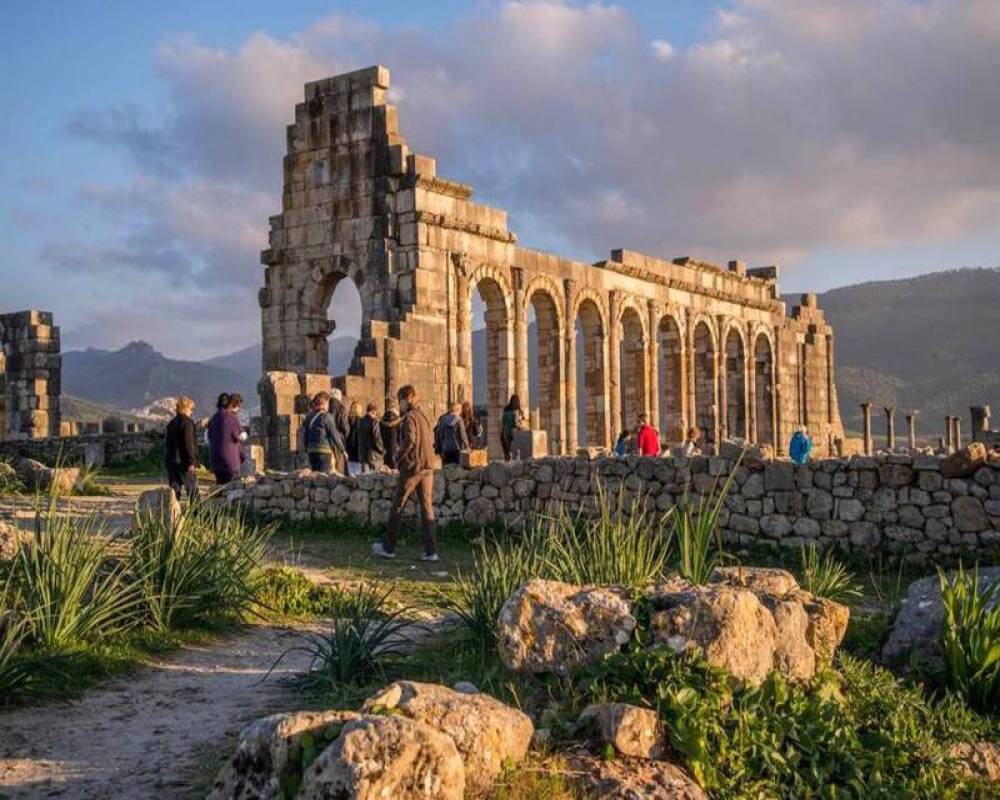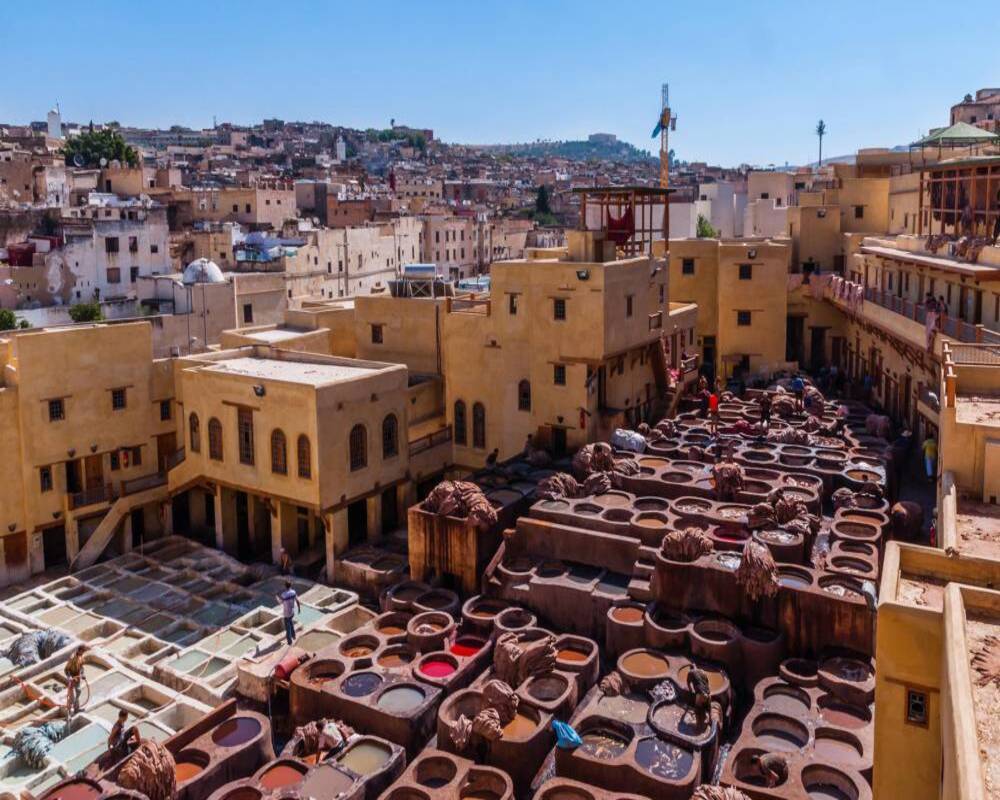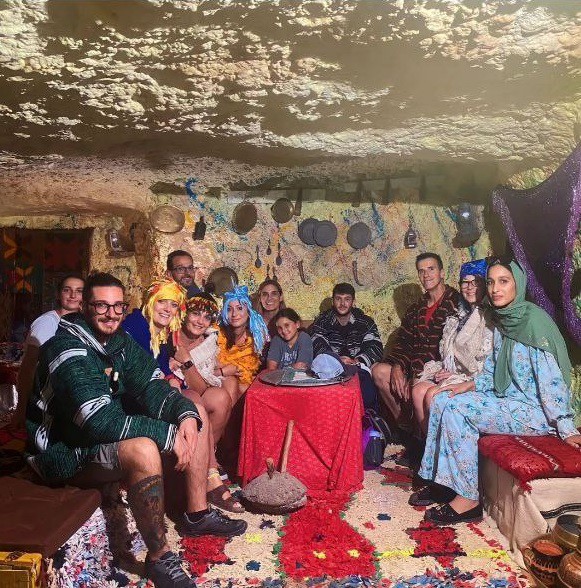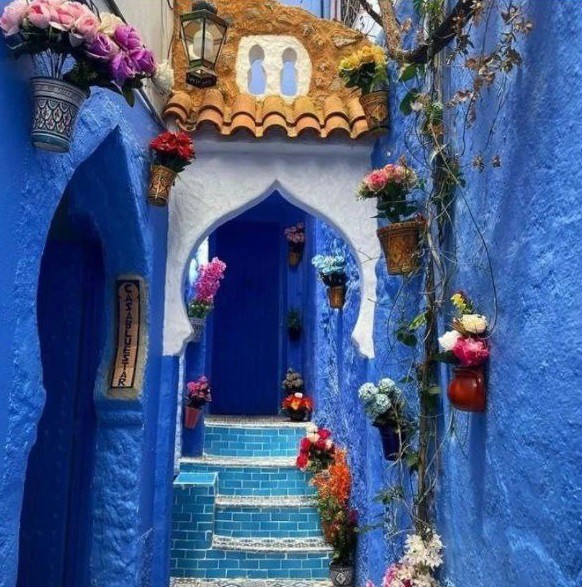Exploring Morocco.. Exploring Through Generations And Cultures
Morocco is a country in the North of the African continent and situated in the south of the European and Middle Eastern countries; it has become one of the most preferred tourist destinations in the world today. This desert Andalusian Kingdom combines several cultures with a history of over three thousand years making it suitable for every kind of tourist.
Some of the top sources of world tourism such as the World Tourism Organization and Travel + Leisure place Morocco among the most preferred tourist destinations in the world. This article explains Morocco’s historical background, and the diversity of the cultural setting, and gives reasons why it is a favorite destination for tourists.
A Historical Tapestry
The history of Morocco which is the adventure of a people is as rich and varied as a fabric created by several weavers. Morocco has been an open ground for diverse cultures for centuries starting with the Berber people who are native to the continent of Africa, Phoenicians, Romans, Arabs, and later on Europeans. This is seen in its architecture, languages, food, and culture.
Prehistory and Backstage: Berber Identity
The cultural background of Morocco can be explained by the Berbers who have been living in the area for more than 4 millennia. Berbers are a group of people who settled in the Atlas Mountains and the Sahara desert; hence, they had a very strong spirit that they reflected in their abilities to live in very difficult environments, including in artwork and crafting and their language and music. Today the Berber language Tamazight is still spoken and acknowledged as one of the official languages in Morocco showing the country’s dedication to its indigenous background.
Roman and Islamic Influences
At the beginning of the 1st century BC Romans introduced their control over the region and an important example of this period is the ruins of the city of Volubilis. The arrival of Islam in the seventh century provided a major influence on Morocco’s culture through a change in architecture, freedom of religion, and social structure. Fez, Marrakech, and Meknes became the cities of Holy learning and Islamic culture and played an important role in the richest of Moroccan culture.
Contact and Colonial Period.. Europeans Encroachment
Pressure on Morocco, during the late 19th and the early part of the 20th century saw Europeans gaining more interest in Morocco ultimately leading to the formation of French and Spanish protectorates in 1912. In this epoch, different architectural styles, forms of governance, and infrastructures were also adopted in Moroccan cities. Morocco gained independence in the year 1956 starting a new journey of the country as a modern nation-state but rooted culturally at the earliest.
Cultural Diversity: It is a mix of one’s traditions that is rather peculiar
Morocco is one of the most culturally diverse countries in the world and this is evident from the Berber, Arab, African as well as european influence. This integration is perhaps best seen in Morocco’s cities, of course, where both the medinas and modern buildings, and traditional souks and modern-cruising malls exist side by side.
Languages.. A Multilingual Nation
Morocco is a country with linguistic diversity, which makes Arabic and Berber its official languages, but currently French is broadly used for commercial and diplomatic relations. However, the northern part of South America uses the Spanish language, while English is becoming more and more used among the young generation and in the services sector, particularly tourism. The multilingualism is a testament to Morocco’s complicated past but it also makes the country lure to global tourists as most of the people are very hospitable and communication is not a problem.
Festivals and Traditions.. A Celebration of Heritage
Many people worldwide are pulled to Morocco to attend events including the Fes Festival of World Sacred Music and the Marrakech International Film Festival to demonstrate the country’s devotion to its cultural traditions. The normal cultural events such as the Moussem of Tan-Tan; an event that brings the nomadic tribes of Morocco together every week in the weeks of music, dance, and trade are some events that make Morocco an ideal tourist destination.
Morocco Tourism is the Leading tourist attraction
Thus, as the *World Tourism Organization (UNWTO)* claims Morocco is one of the top African countries in terms of tourist attraction with millions of tourists visiting the country yearly. According to the *Travel + Leisure* magazine in 2023, Marrakech has taken the coveted position of the ‘World’s Best City to Visit,’ owing to vibrant markets and palace, as well as the historical medina. In addition, *Conde Nast Traveler* has also included Morocco in its list of this year’s “Top Travel Destinations” considering its culture, history and geography.
Morocco is gifted with both stunning geography including the Atlas Mountains, the fabulous Sahara desert, mountainous terrain, Atlantic and Mediterranean coastline providing one of the best adventurous holidaying destinations. The captivating architecture of Morocco’s cities ranging from the blue-painted buildings of Chefchauan and the majestic Hassan II Mosque in Casablanca offer tourists varying extents of fun activity and Leisure.
Soukaina Sghir
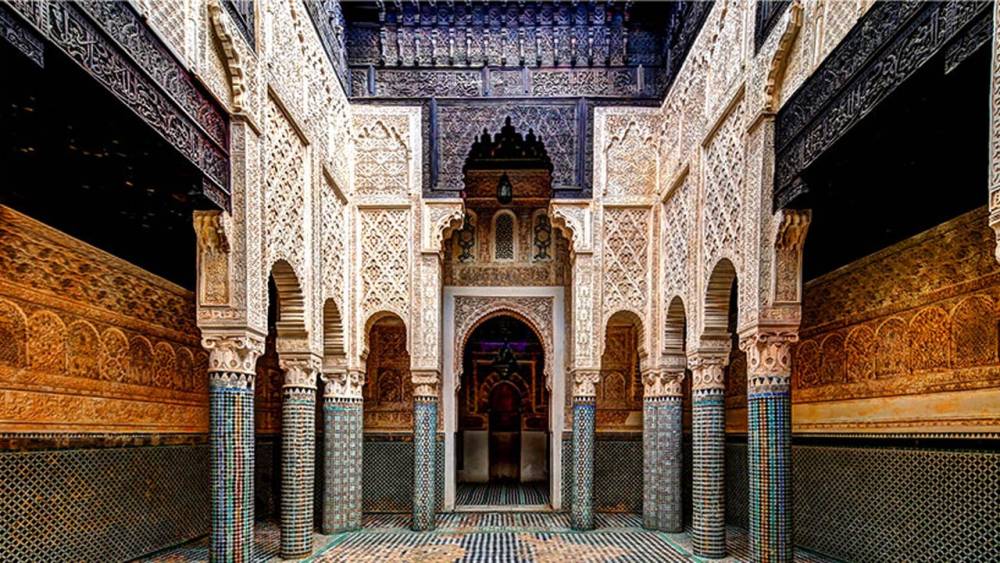
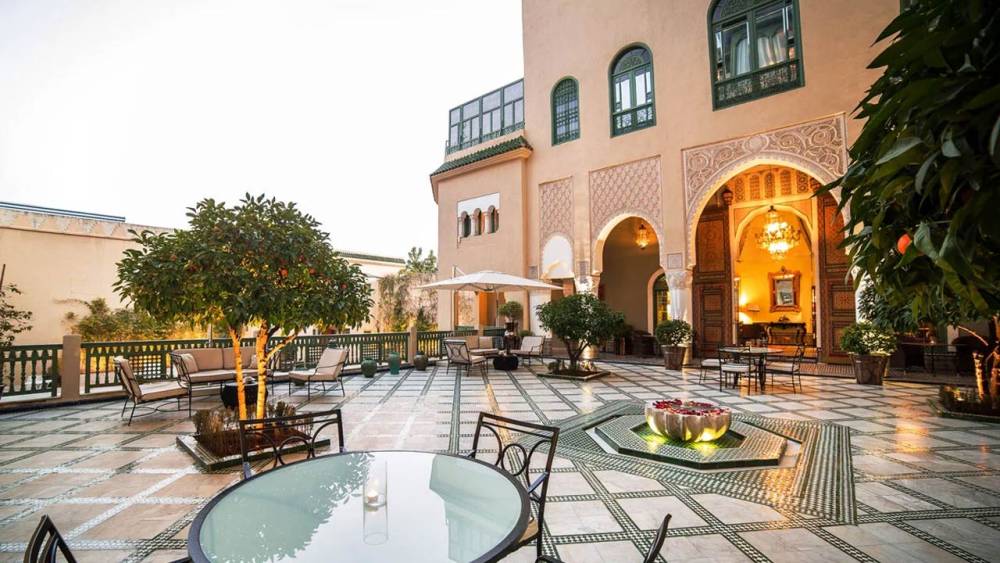
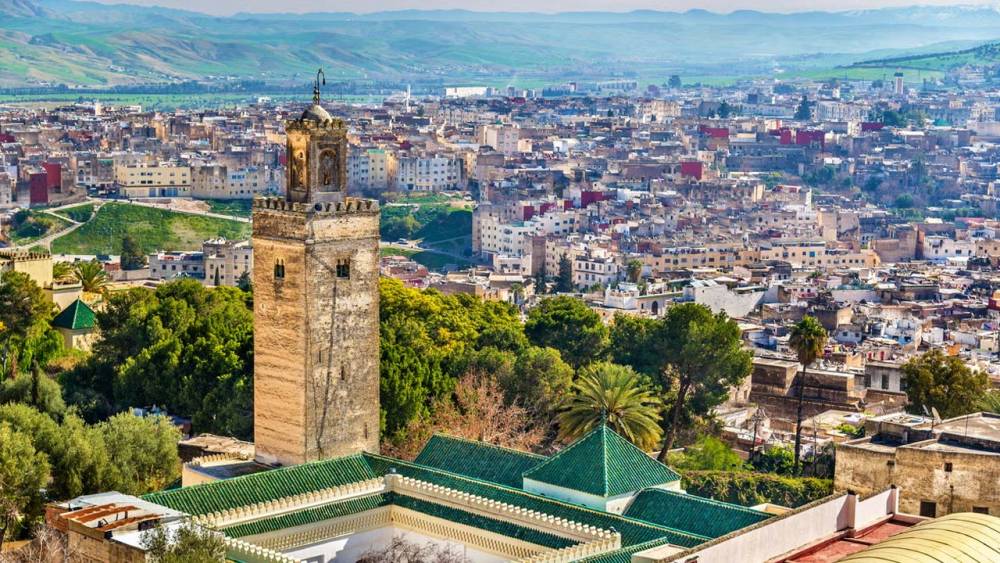
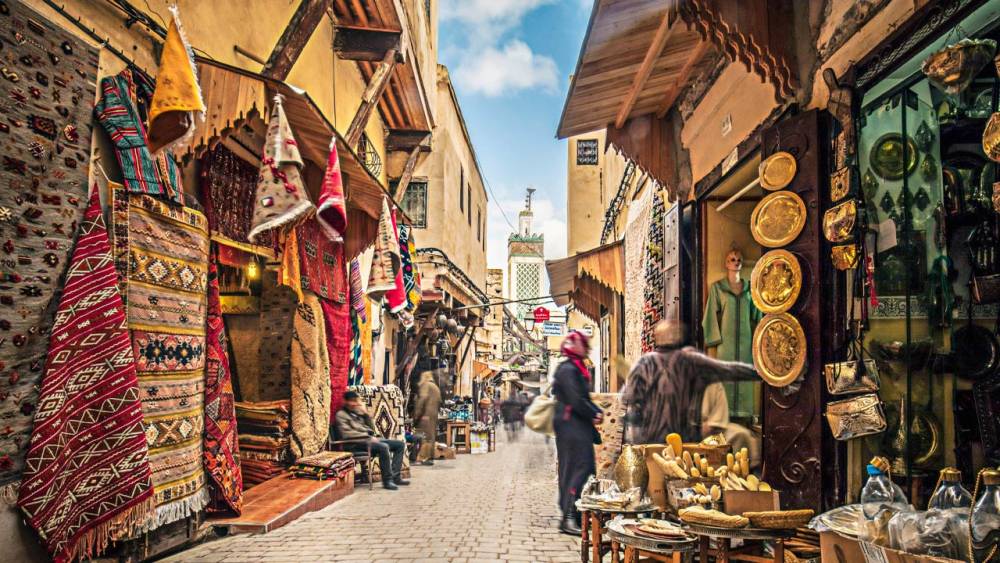
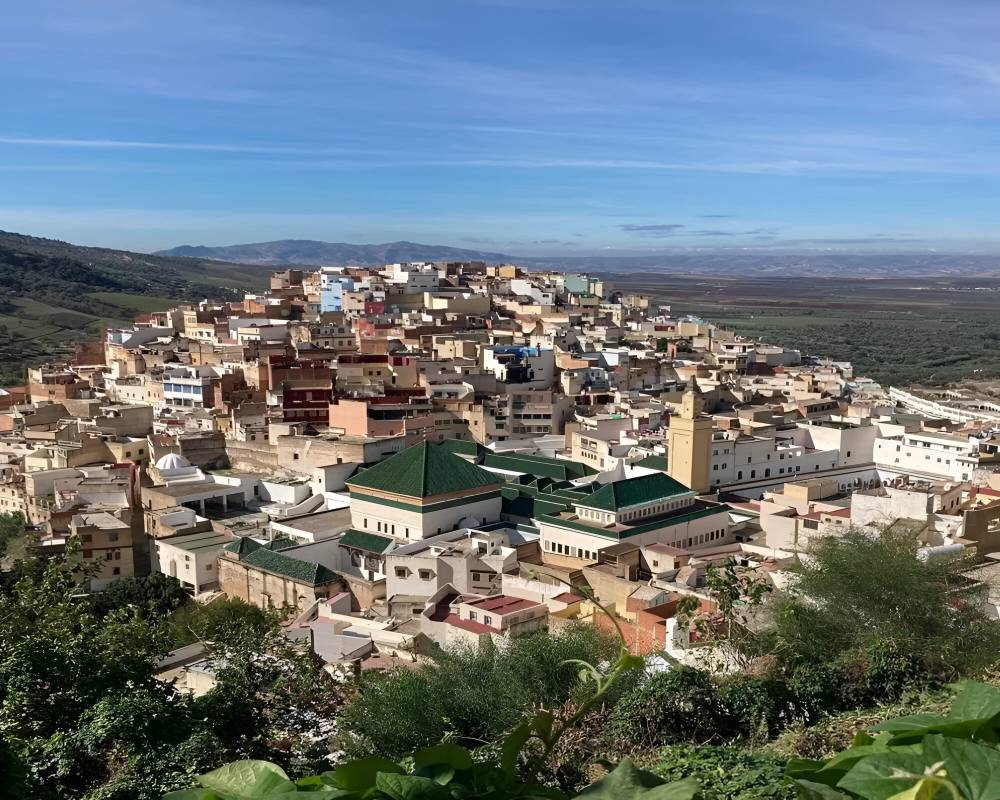

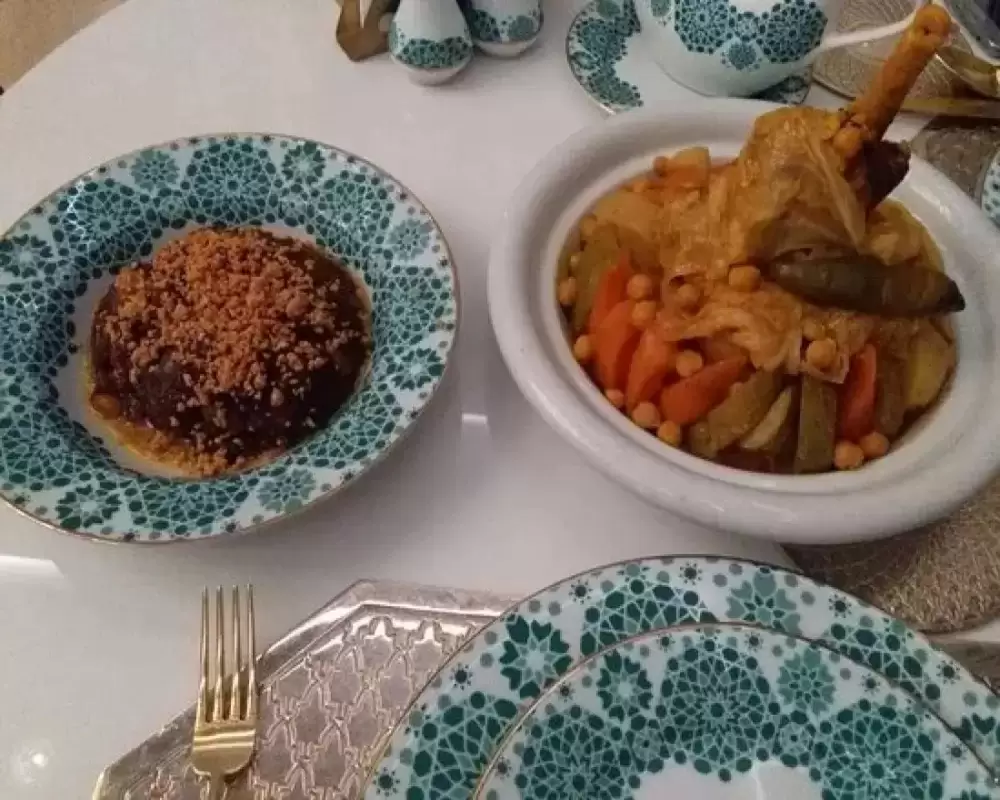
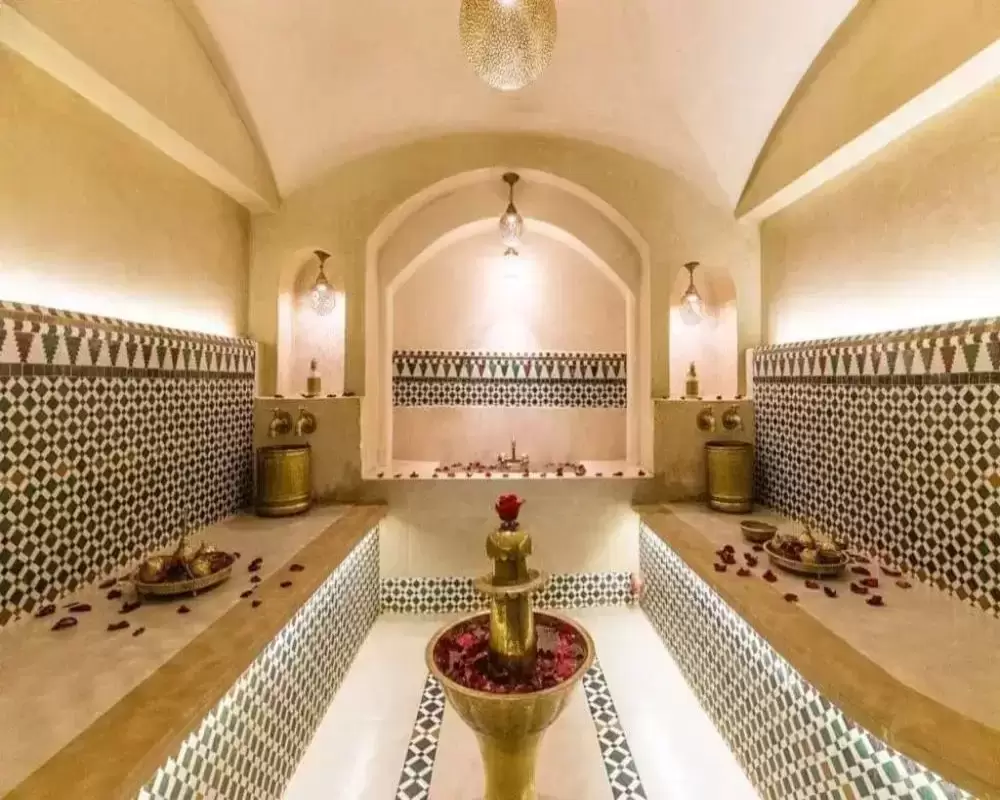

 3T-Travel
3T-Travel
